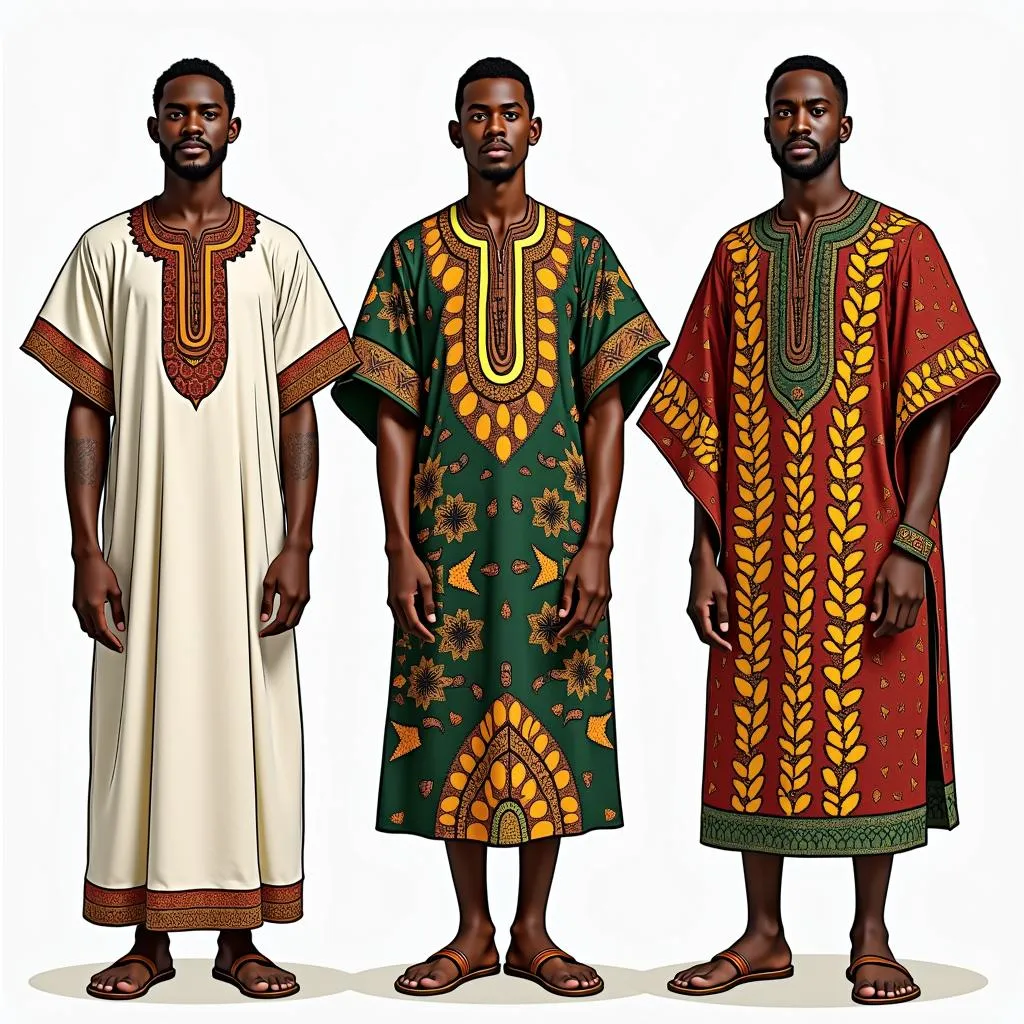African Airplane: Soaring Through the Skies and History
The story of the “African Airplane” is not about a single invention, but a tapestry woven from dreams, determination, and the pursuit of technological advancement across the continent. While the term itself might seem unusual, it encapsulates the aspirations and achievements of African individuals and nations in the realm of aviation. From the early pioneers who dared to imagine flight to the bustling airports connecting people and economies today, Africa’s journey in aviation is one of resilience, ingenuity, and a steadfast belief in the power of connecting with the sky.
Taking Flight: Early African Contributions to Aviation
Africa’s relationship with aviation predates the roaring engines of the 20th century. Long before the Wright brothers made history, oral traditions and recorded observations hinted at an understanding of aerodynamics and the principles of flight. In ancient Egypt, the crafting of kites and gliders demonstrated an early fascination with harnessing the wind, while the aerodynamic design of boomerangs, used across the continent, speaks to an innate understanding of lift and drag.
While not “airplanes” in the modern sense, these early forays into flight laid the groundwork for future generations of African inventors and engineers. The continent’s rich history of craftsmanship, innovation, and problem-solving provided fertile ground for the seeds of aviation to be sown.
African Airplane Inventors: Reaching for the Stars
The 20th century witnessed the rise of remarkable African individuals who took on the challenge of building and flying airplanes. These pioneers emerged from diverse backgrounds, united by their passion for aviation and a determination to prove that Africans could compete on the global stage of technological innovation.
One such pioneer is William N. Ntumba from the Democratic Republic of Congo, who dedicated years of his life to designing and building airplanes. Ntumba’s story, like those of African airplane inventors, exemplifies the spirit of innovation that thrived despite limited resources and support. Their unwavering belief in their abilities challenged prevailing narratives and paved the way for future generations of African engineers and aviators.
African Airlines: Connecting the Continent and Beyond
The establishment of national airlines marked a pivotal moment in Africa’s aviation journey. These airlines symbolized more than just transportation; they represented national pride, economic progress, and the ability to connect with the world on their own terms.
Today, African airline codes can be found gracing the tails of aircraft in airports across the globe, a testament to the continent’s growing presence in the international aviation industry. From regional carriers connecting communities within nations to major airlines operating transcontinental flights, the African aviation landscape has evolved significantly, contributing to economic growth, tourism, and cultural exchange.
African Airways Compilation: A Testament to Progress
The evolution of African airways is best understood through an African airways compilation, documenting the growth and challenges faced by the industry. From the early days of limited routes and infrastructure to the modern era of sophisticated aircraft and expanding networks, the journey has been marked by both triumphs and setbacks.
“The history of African aviation is not just about airplanes; it’s about overcoming obstacles, building capacity, and connecting people and opportunities.” – Dr. Amina Osman, Aviation Historian.
Despite the challenges, African airlines have demonstrated remarkable resilience and adaptability. They have played a crucial role in connecting landlocked countries, facilitating trade, and enabling the movement of people and ideas across the vast continent.
The Future of the African Airplane: Innovation and Sustainability
As technology advances and the global aviation industry grapples with sustainability concerns, Africa has the opportunity to position itself at the forefront of innovation. With its vast renewable energy potential, the continent is well-placed to explore sustainable aviation fuels and technologies.
Furthermore, the development of drone technology presents exciting possibilities for Africa, particularly in sectors like agriculture, healthcare, and logistics. By embracing these advancements, Africa can shape the future of aviation, making it safer, more accessible, and environmentally responsible.
African Air Services: Beyond Passenger Travel
The term “African airplane” extends beyond commercial airlines to encompass a range of African air services that play vital roles in various sectors. From aerial surveying and mapping to medical evacuations and humanitarian aid delivery, airplanes have become indispensable tools for development and progress.
The ability to reach remote areas quickly and efficiently has revolutionized healthcare delivery, disaster response, and wildlife conservation efforts. These services highlight the versatility of aviation and its transformative impact on the lives of people across the continent.
Conclusion: The African Airplane – A Symbol of Aspiration and Progress
The “African airplane” represents more than just a mode of transportation; it embodies the dreams, aspirations, and resilience of a continent on the move. From early pioneers who dared to challenge the limits of what was possible to modern airlines connecting Africa to the world, the story of aviation in Africa is one of continuous evolution and progress.
As the continent embraces innovation and tackles the challenges of sustainability, the future of the African airplane promises to be even more impactful, connecting people, driving economic growth, and soaring to new heights of achievement.


